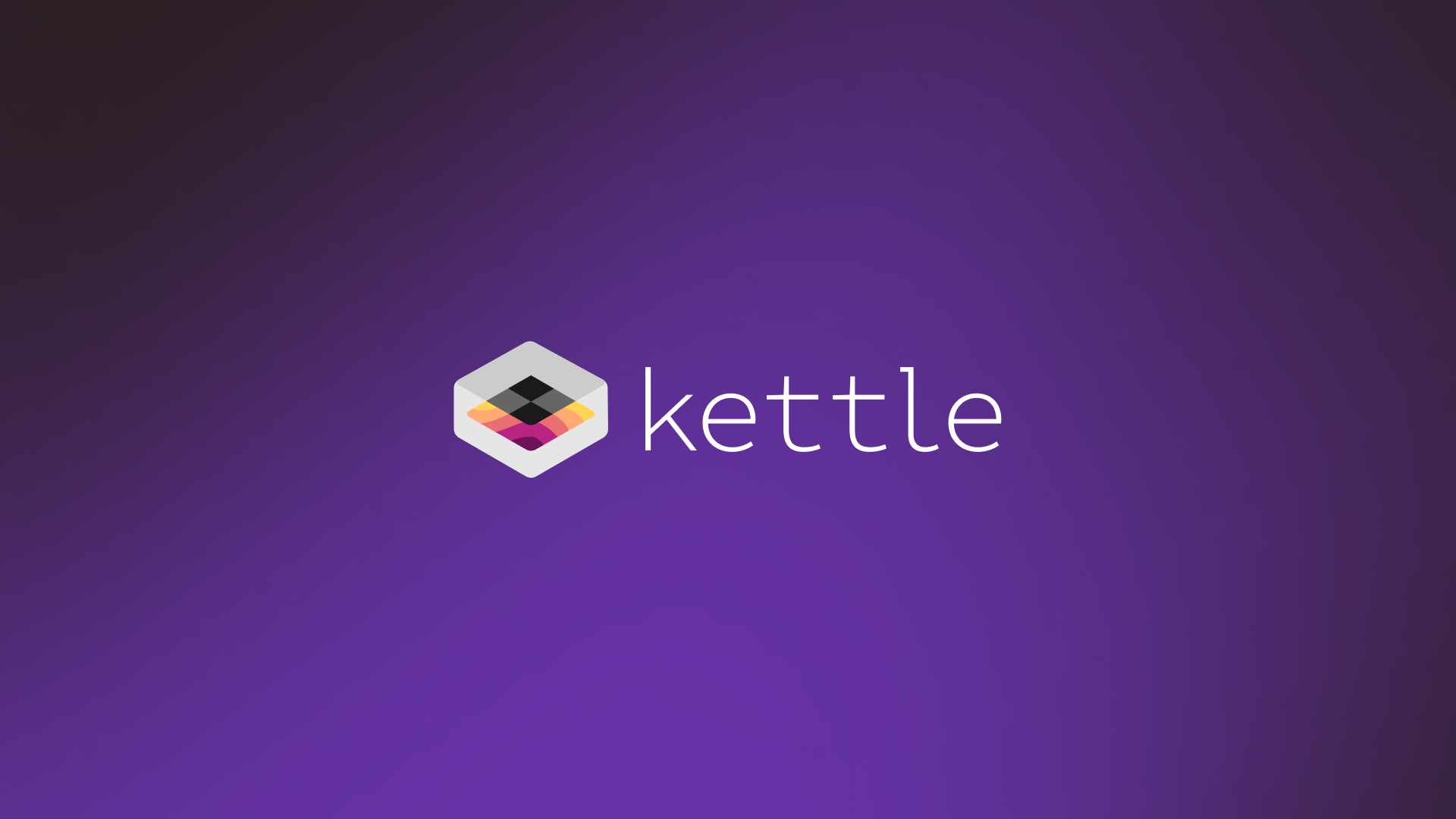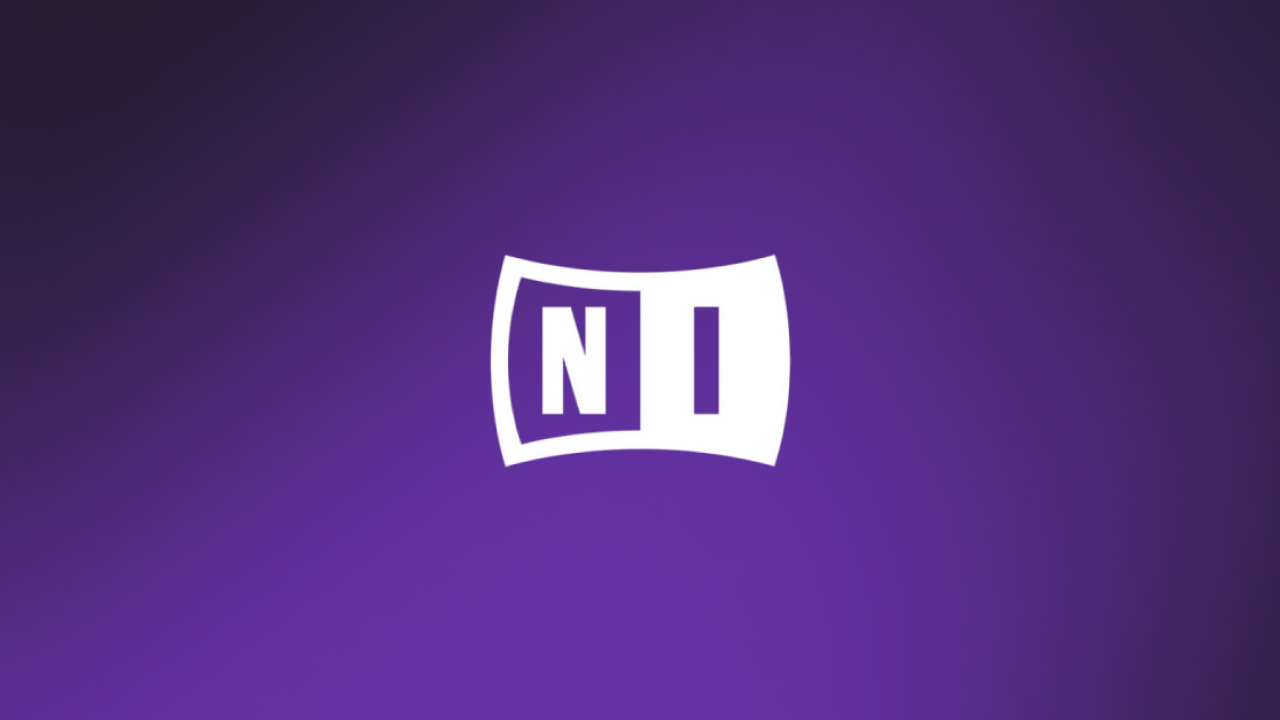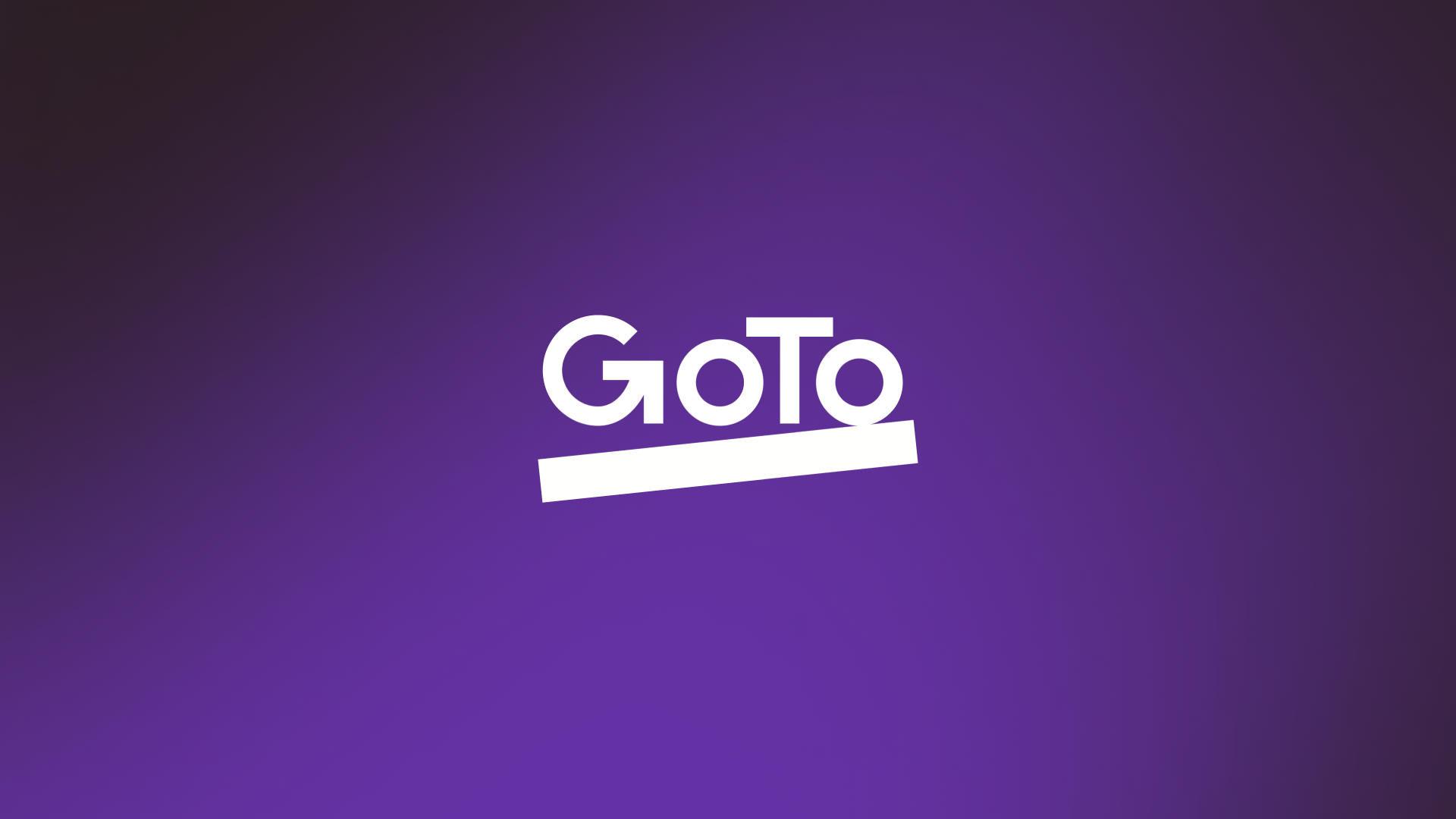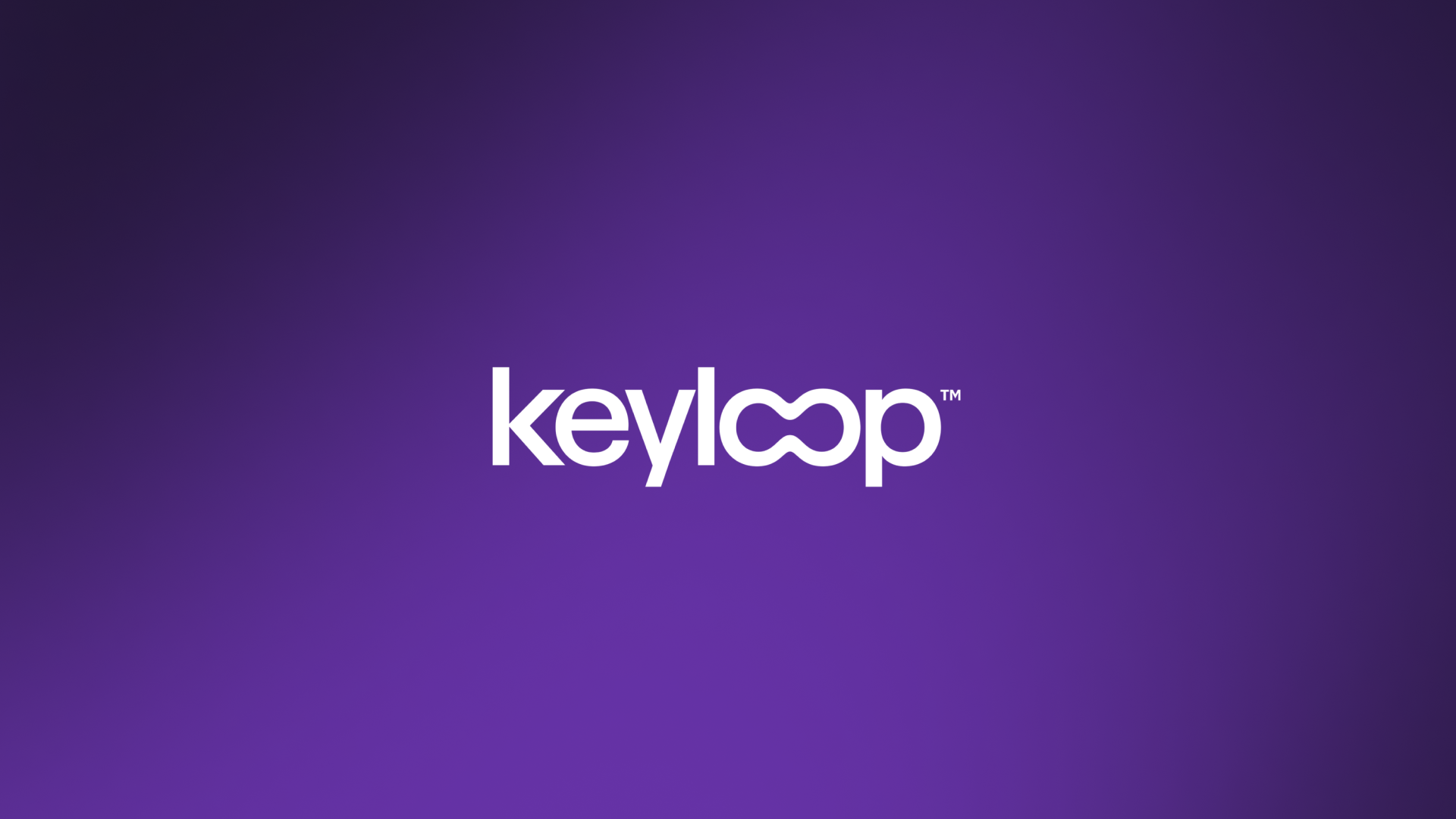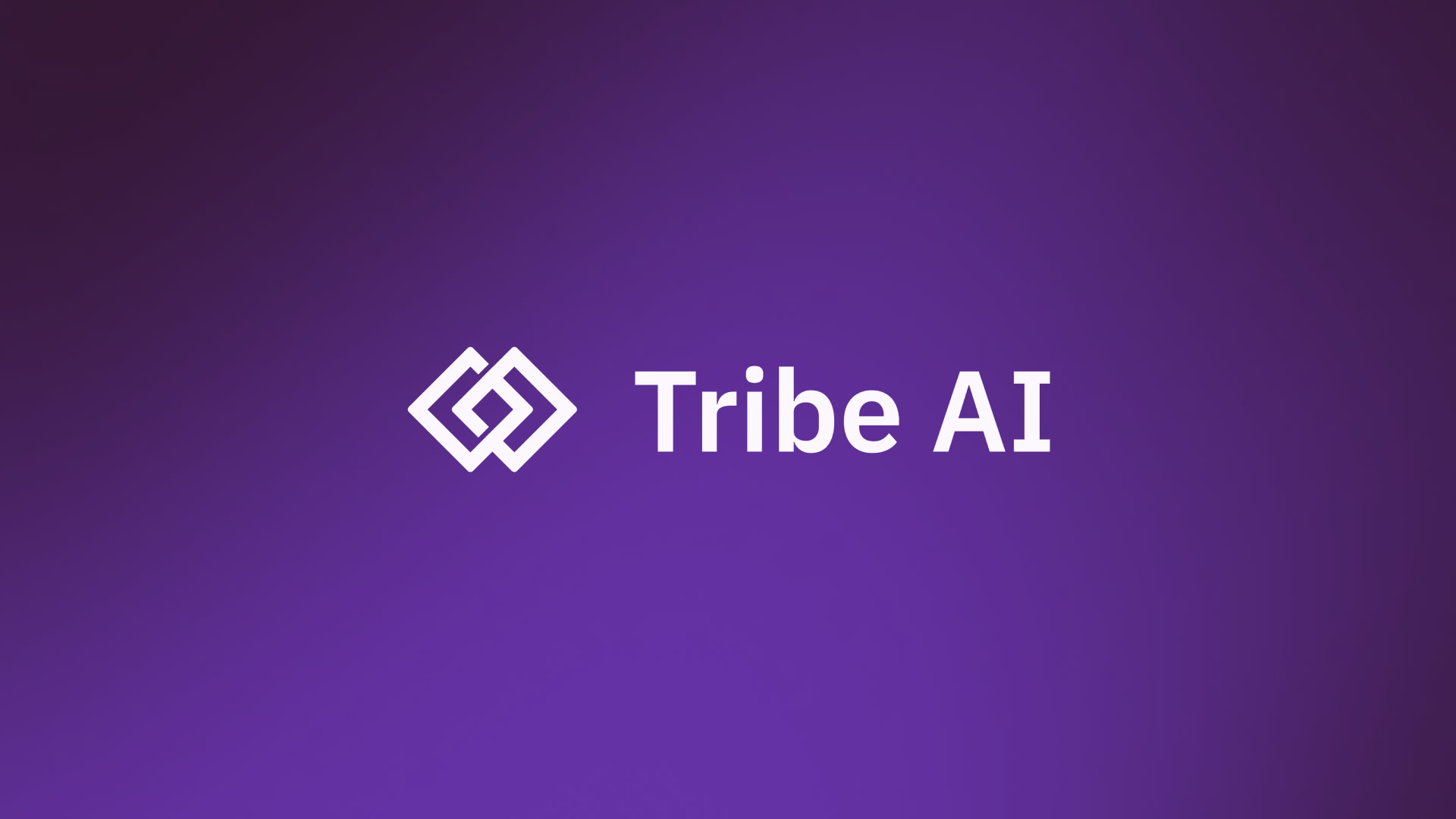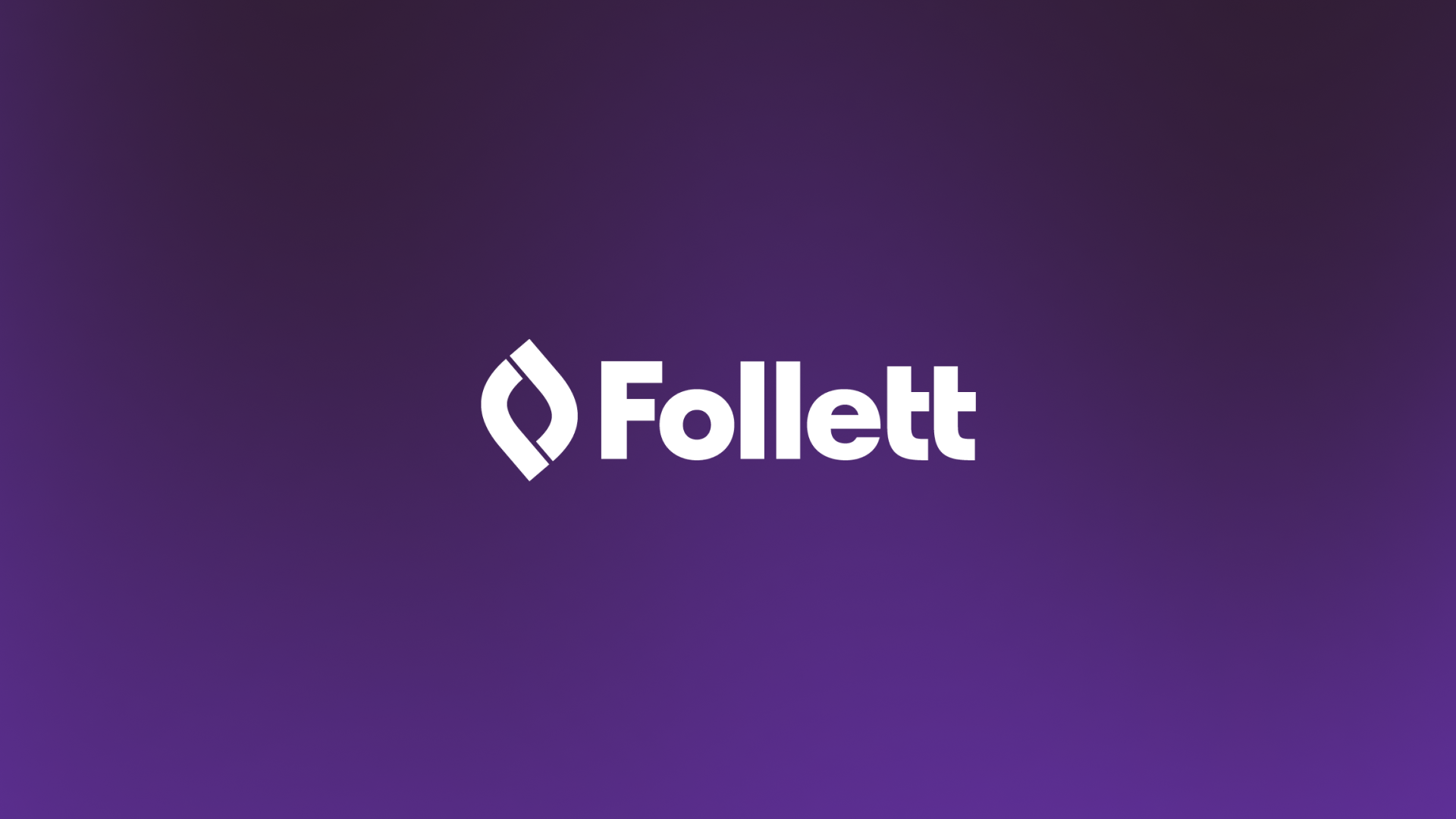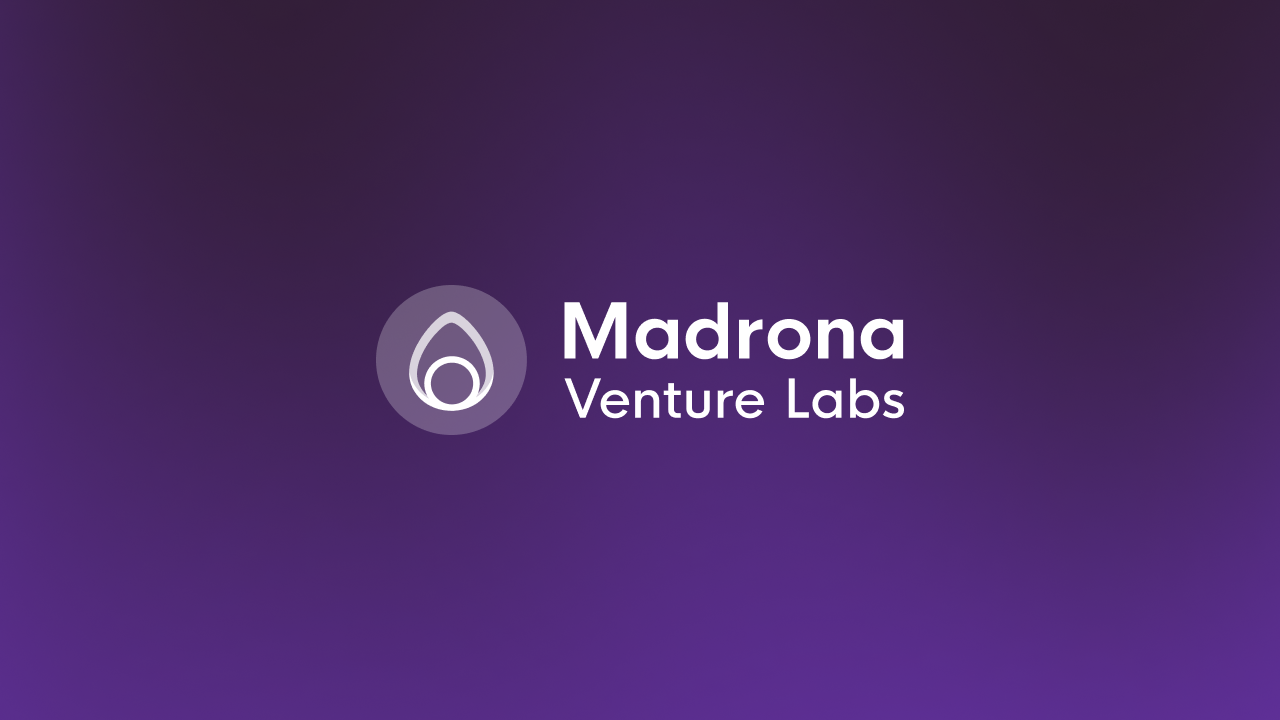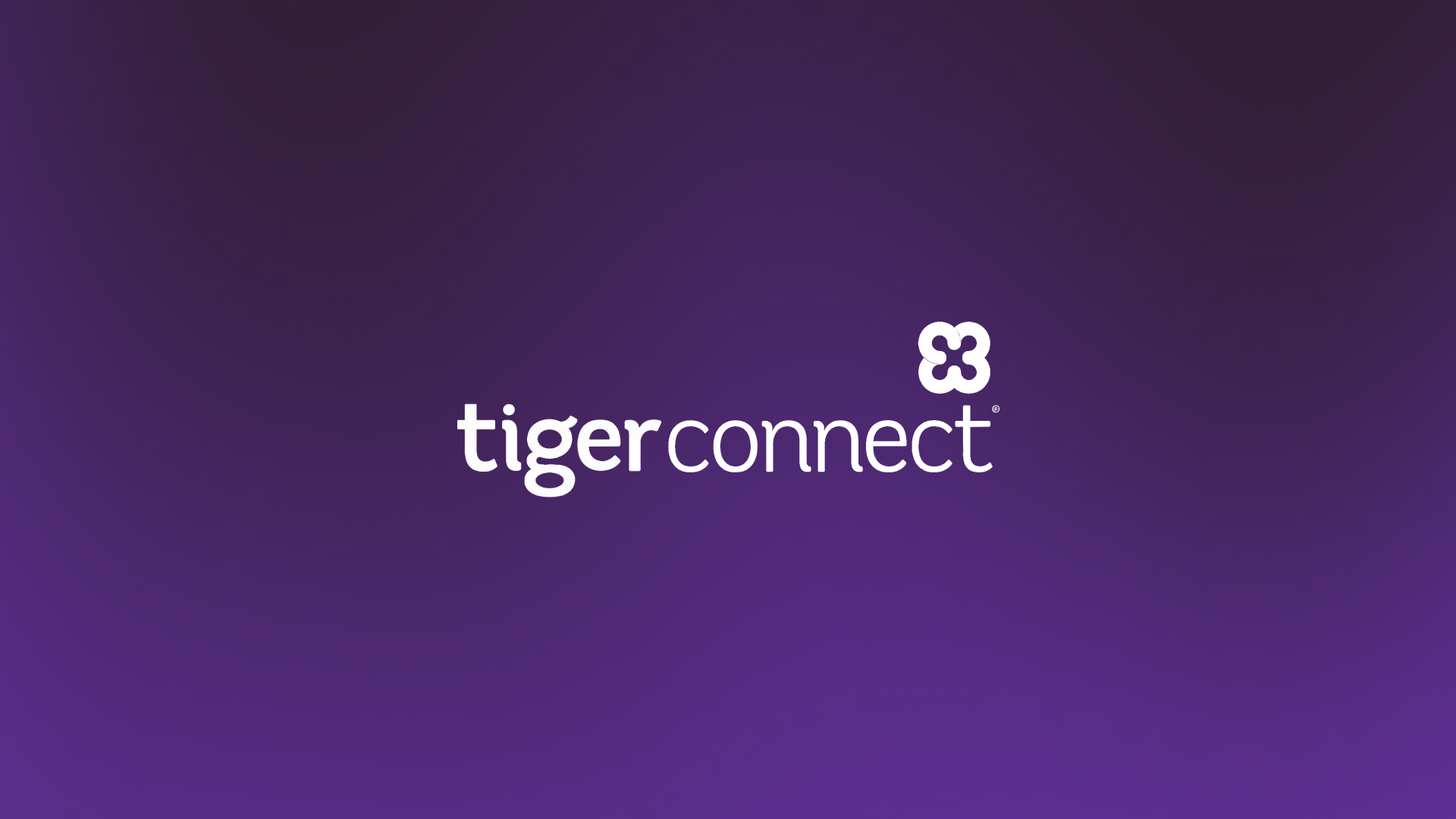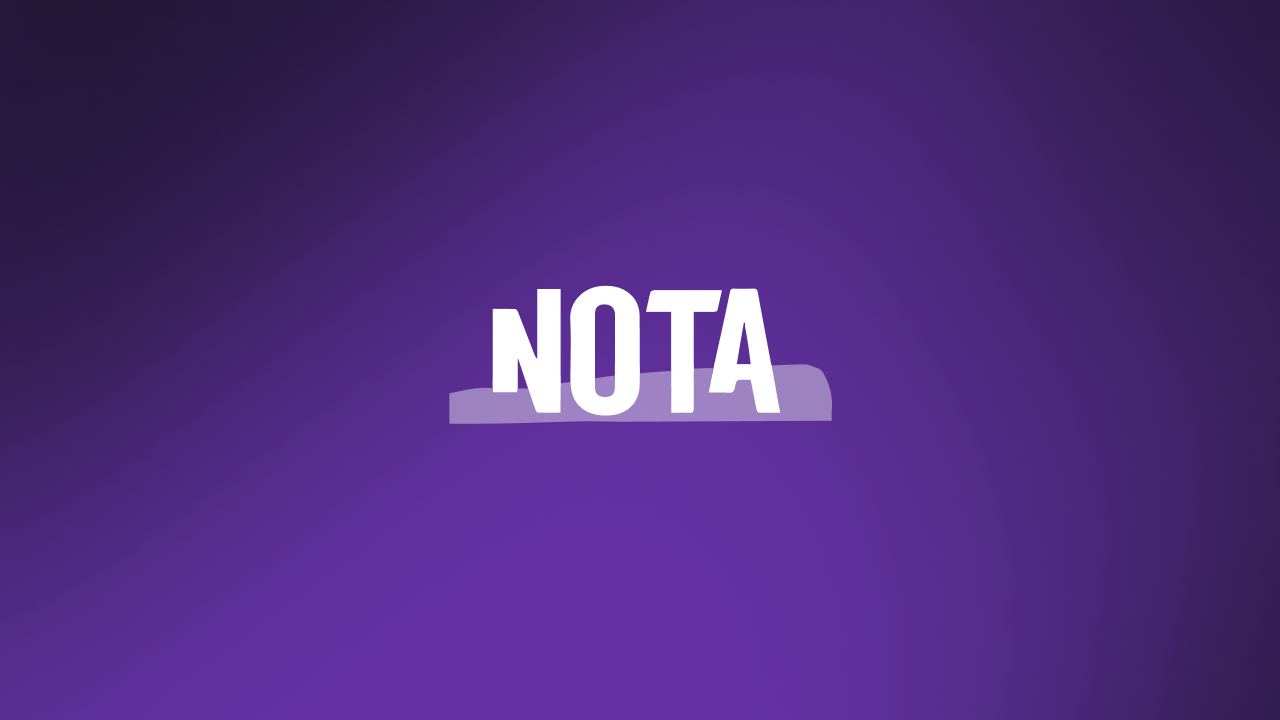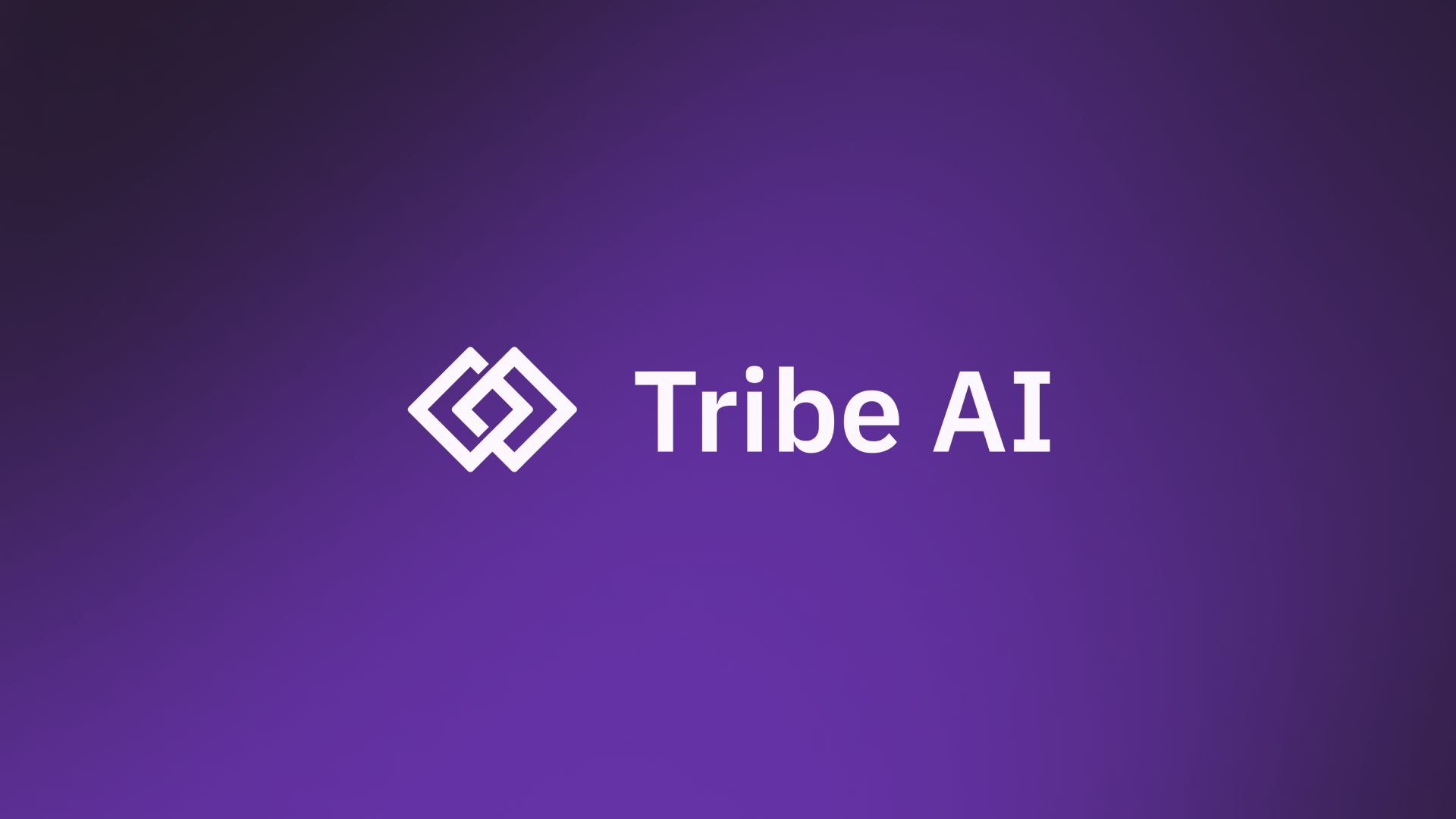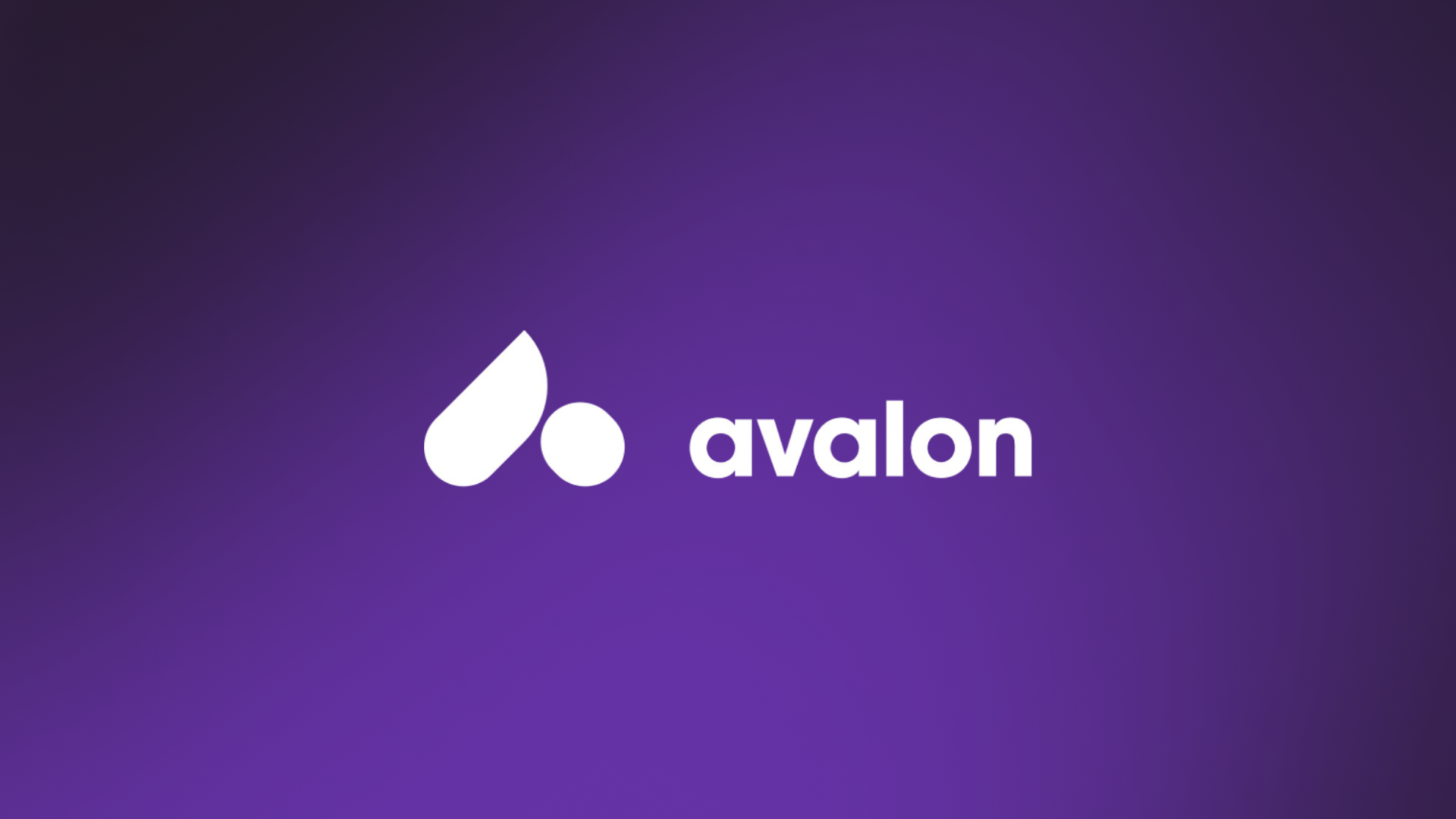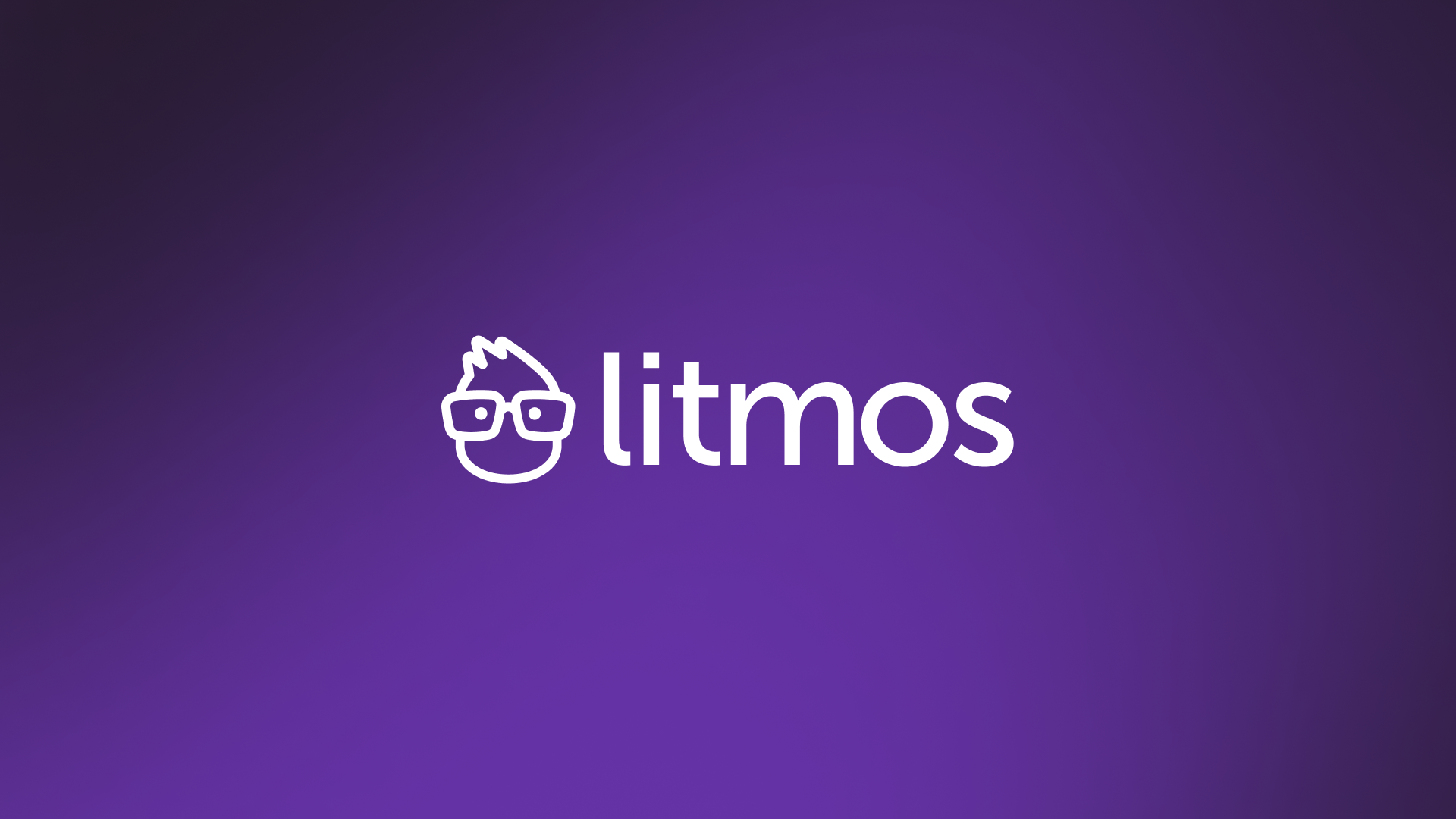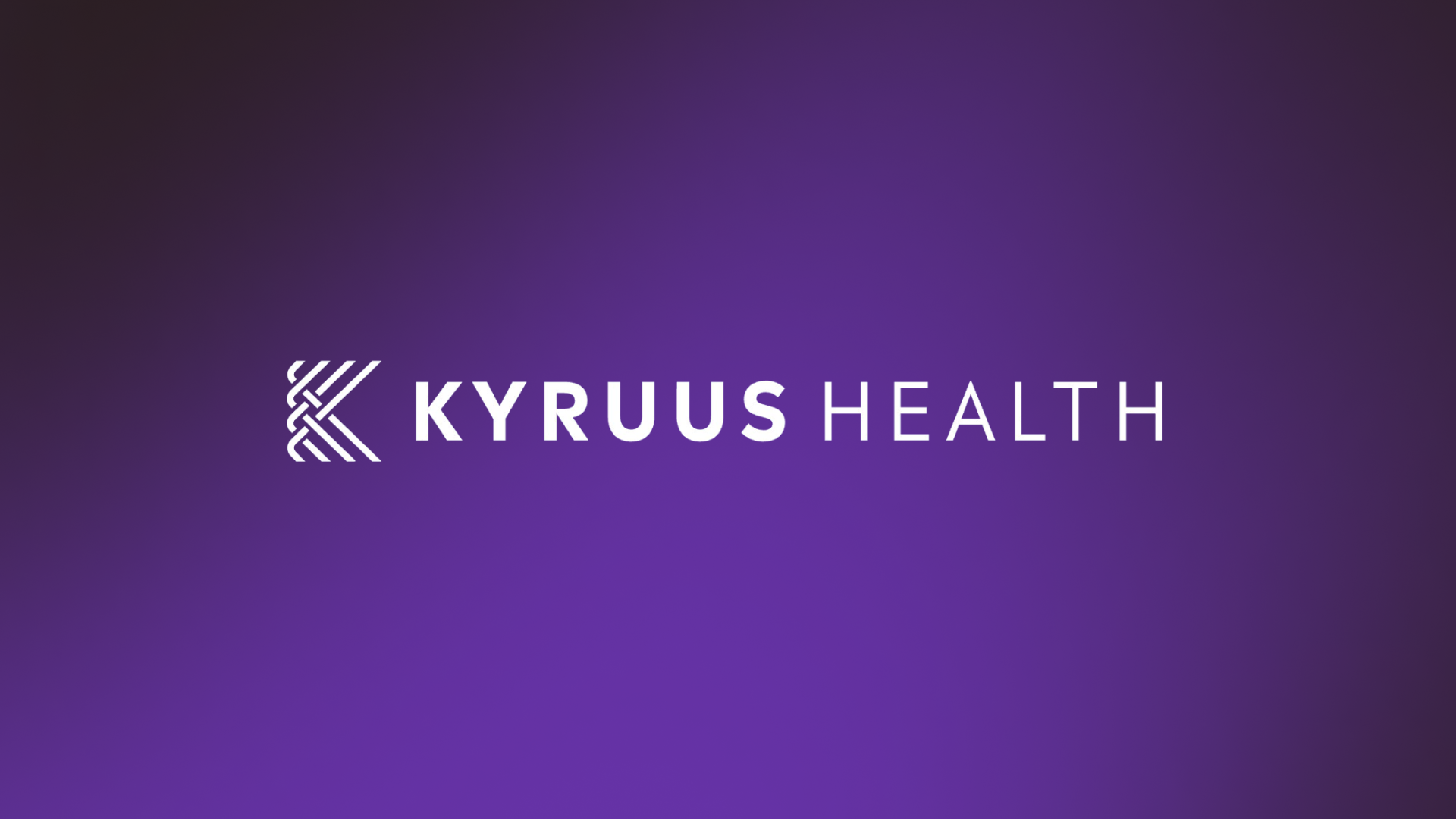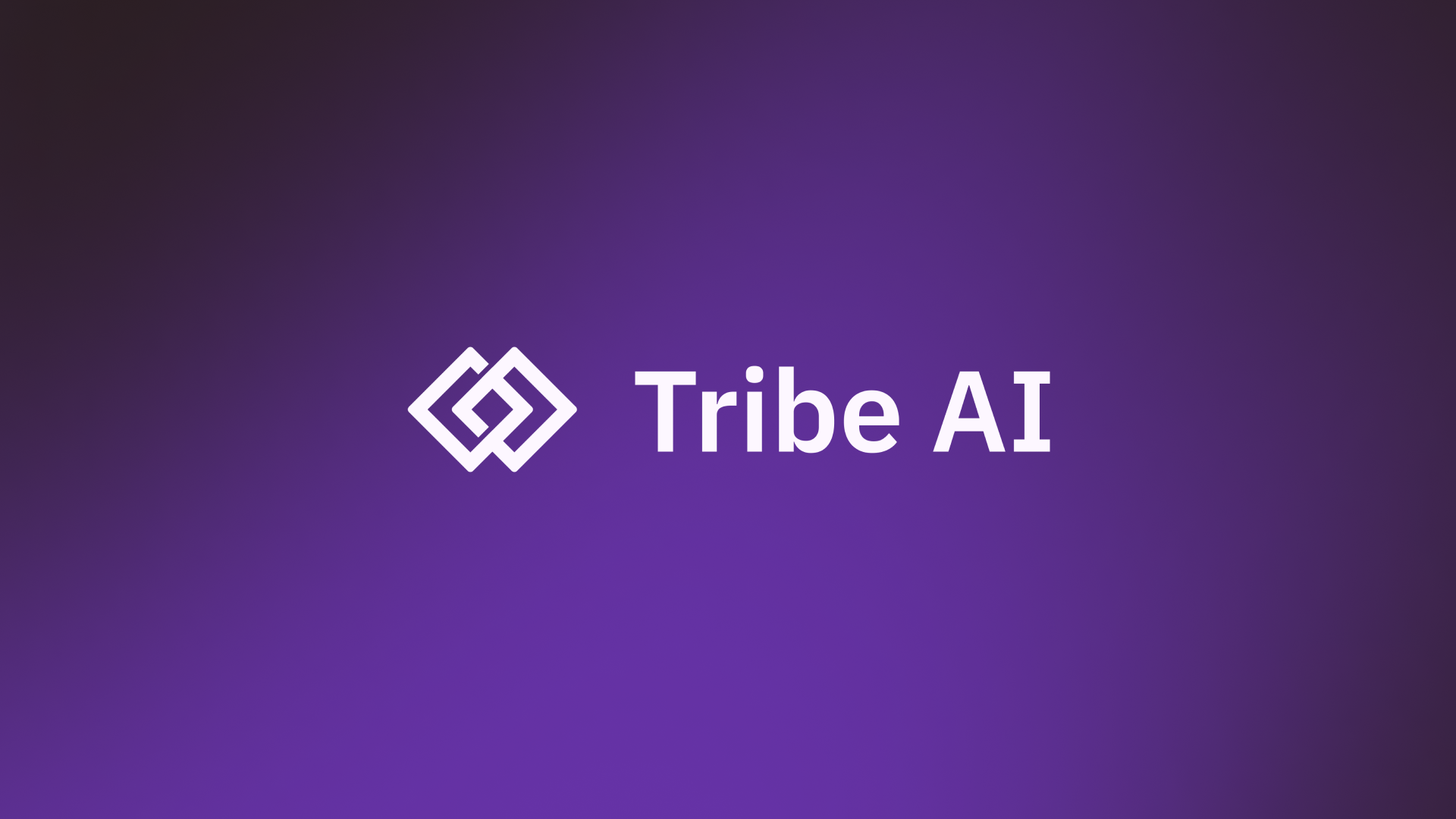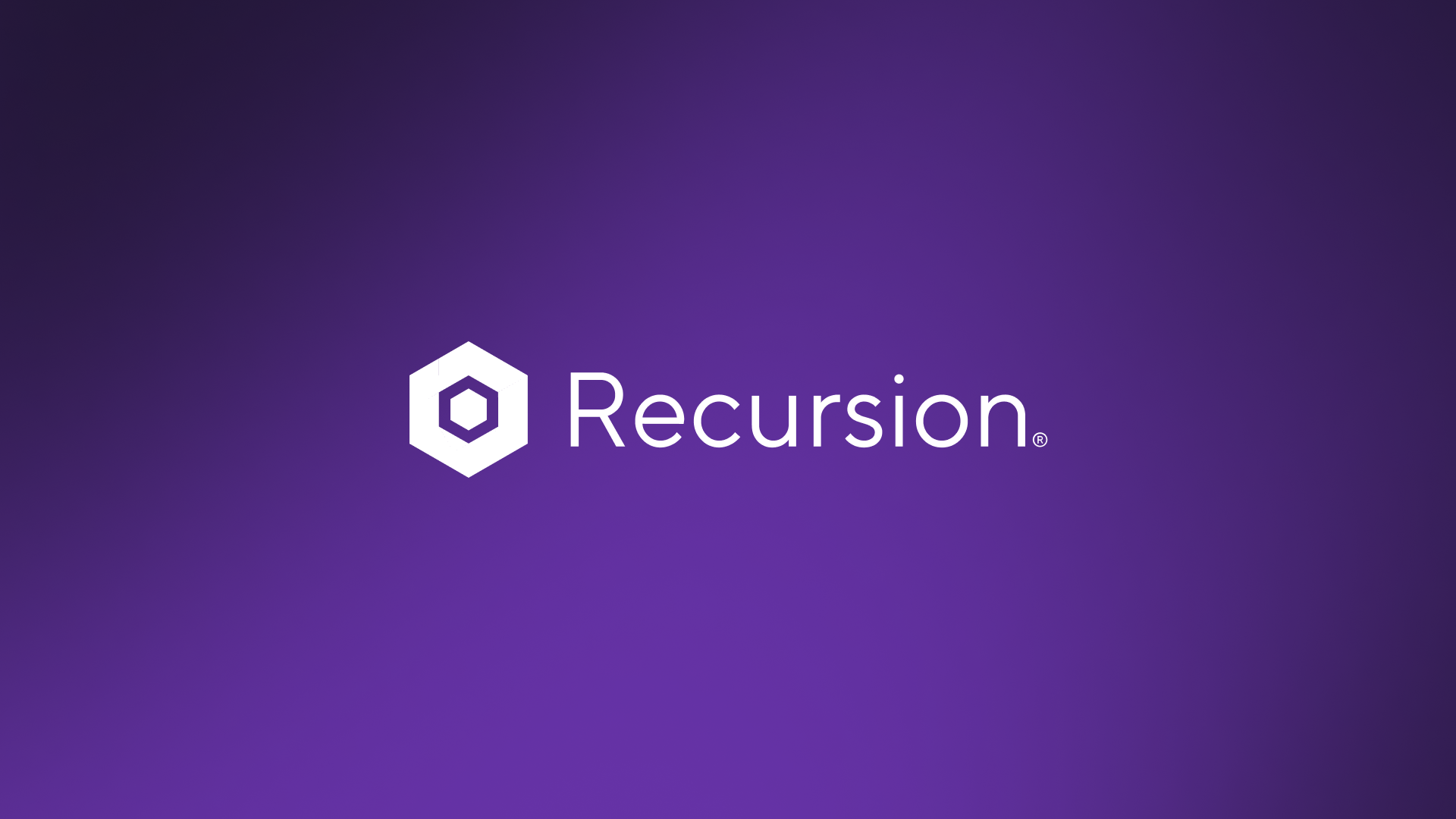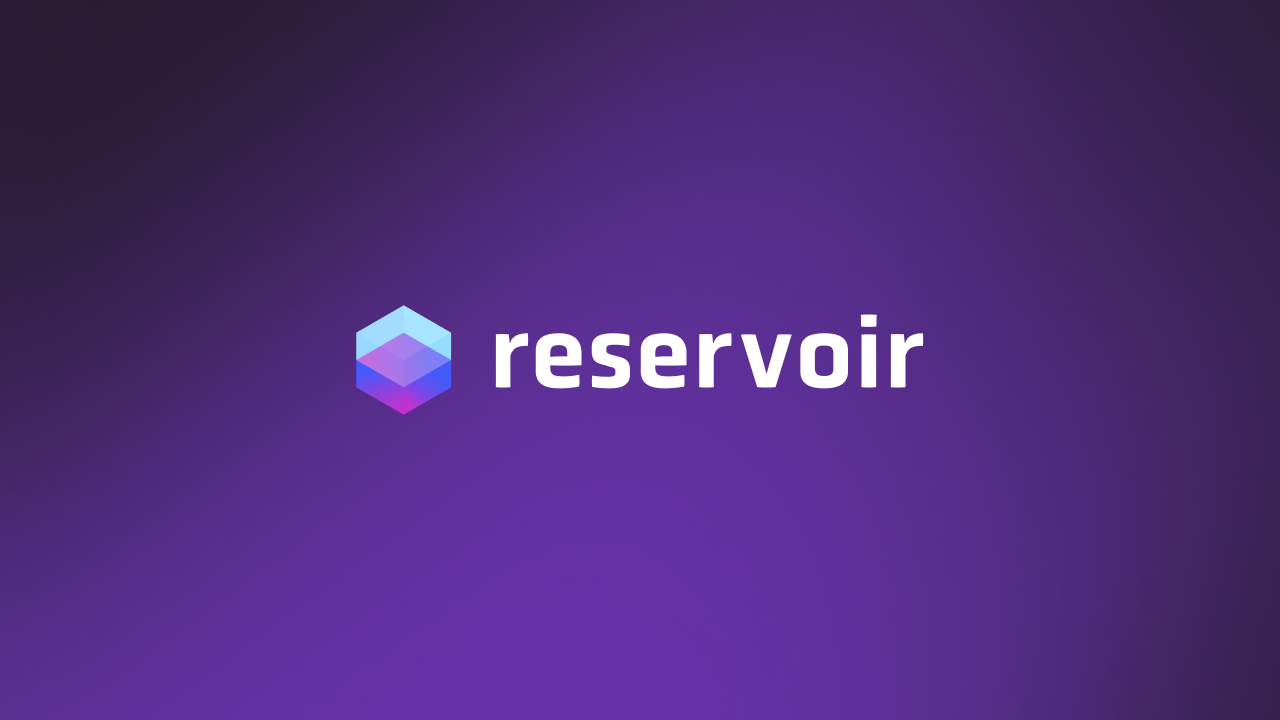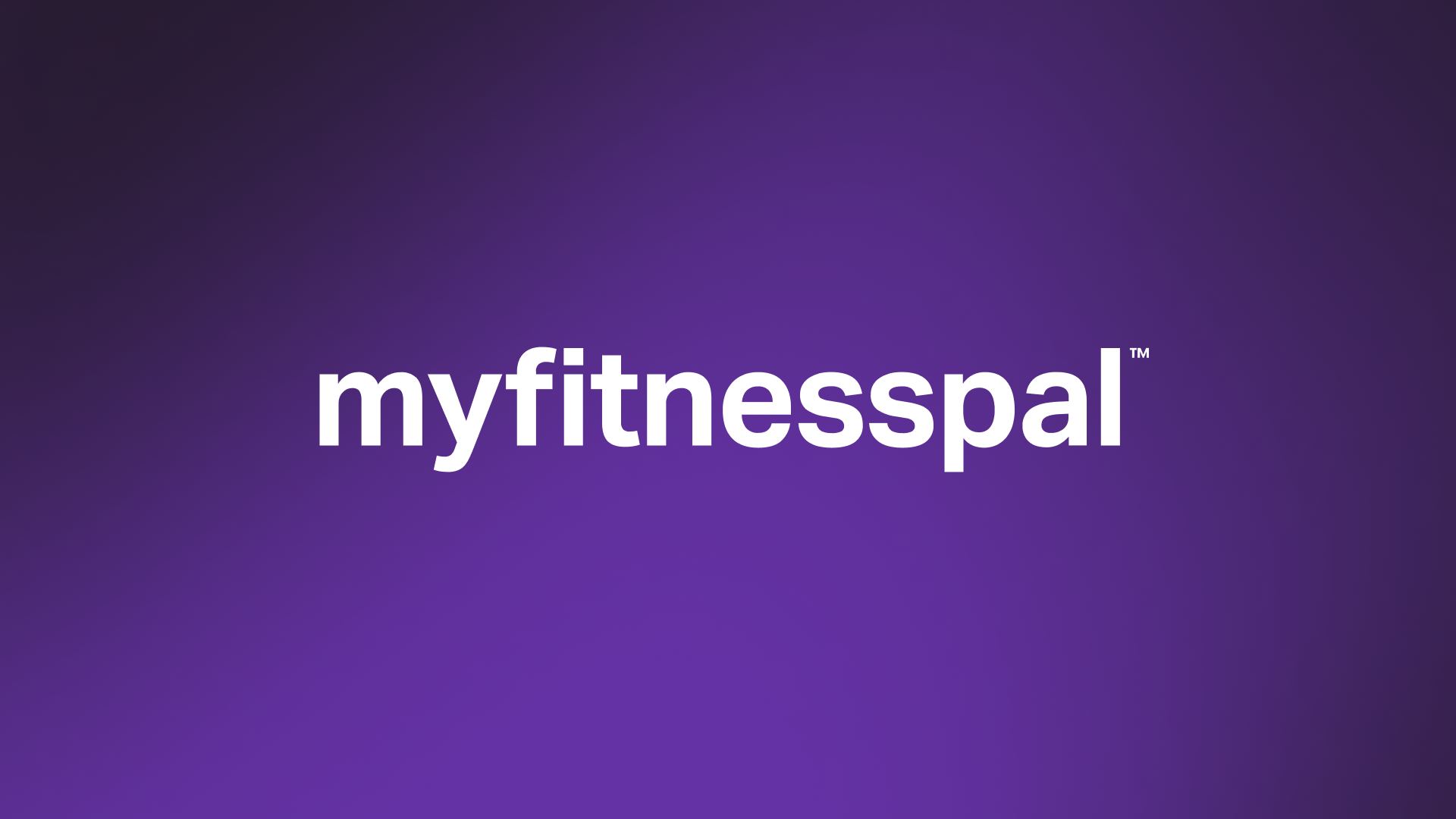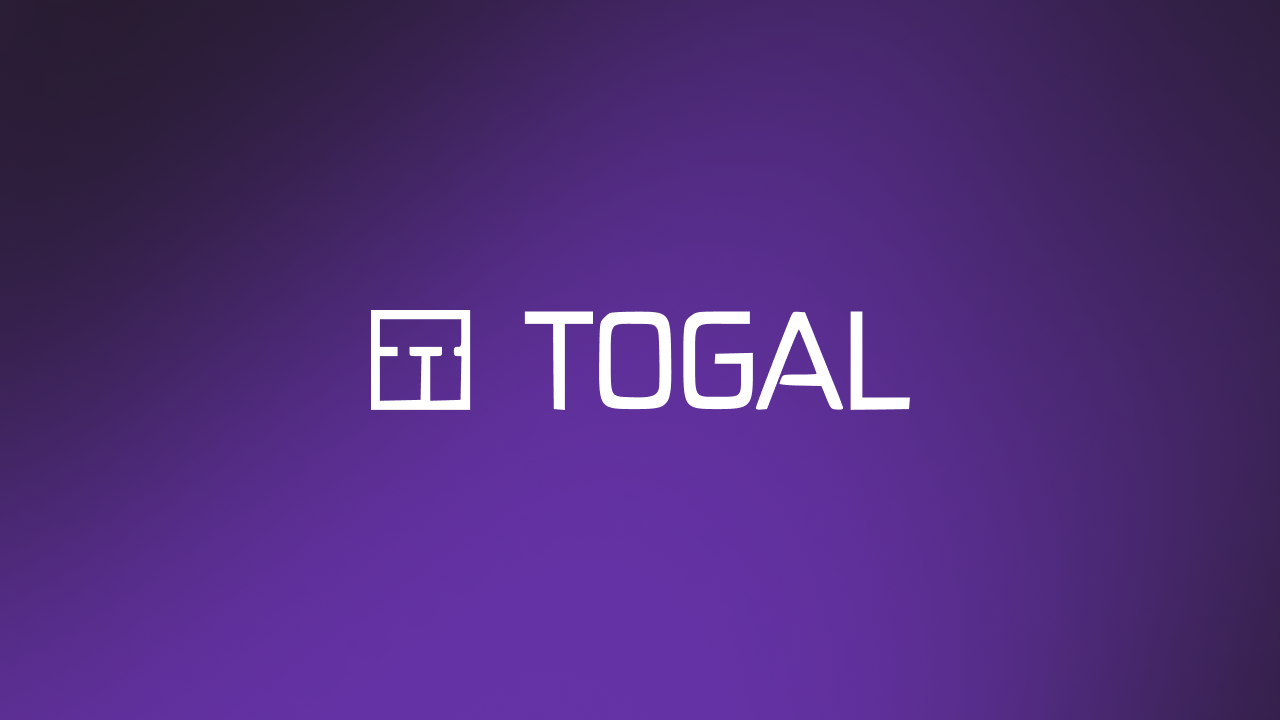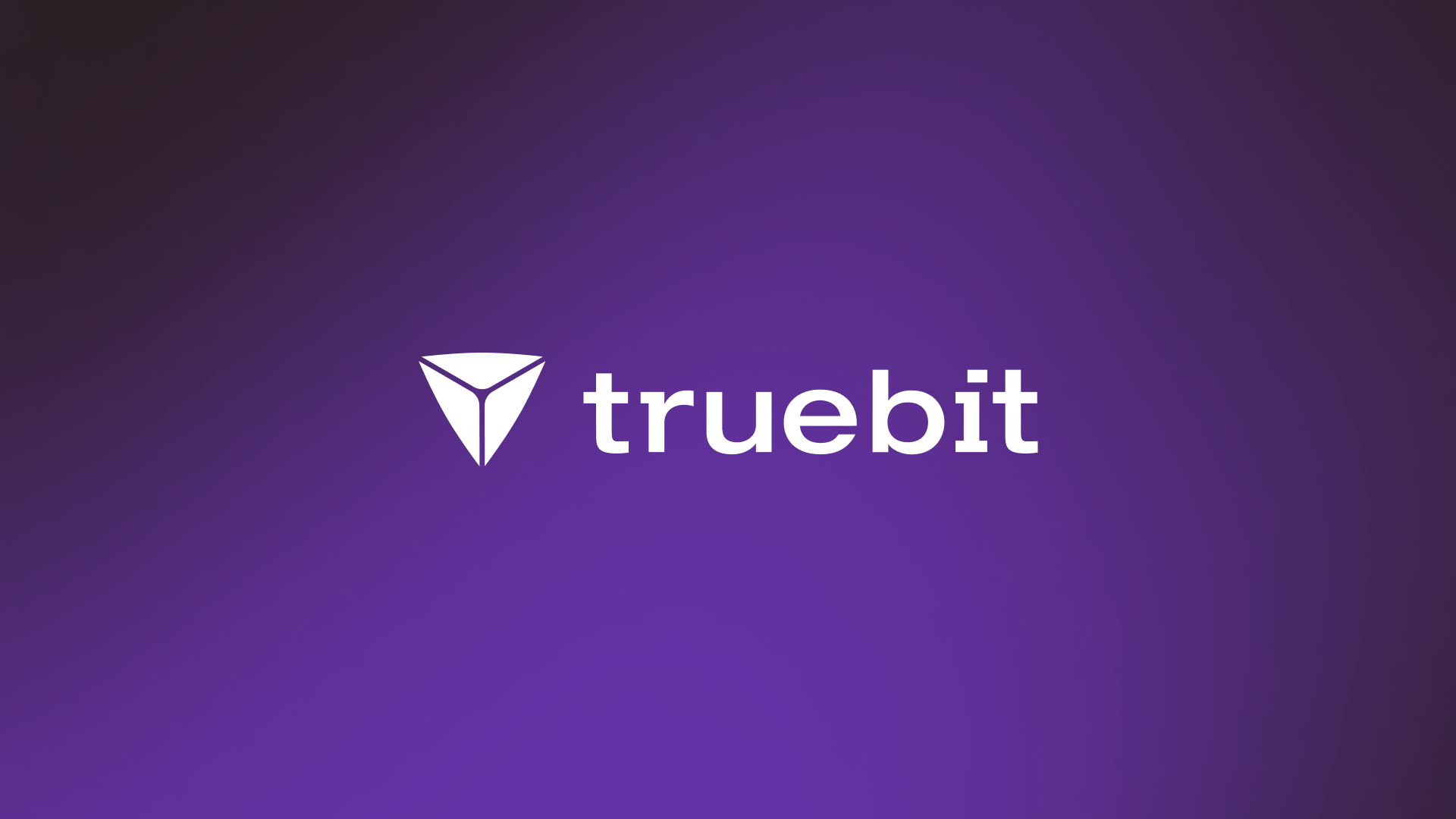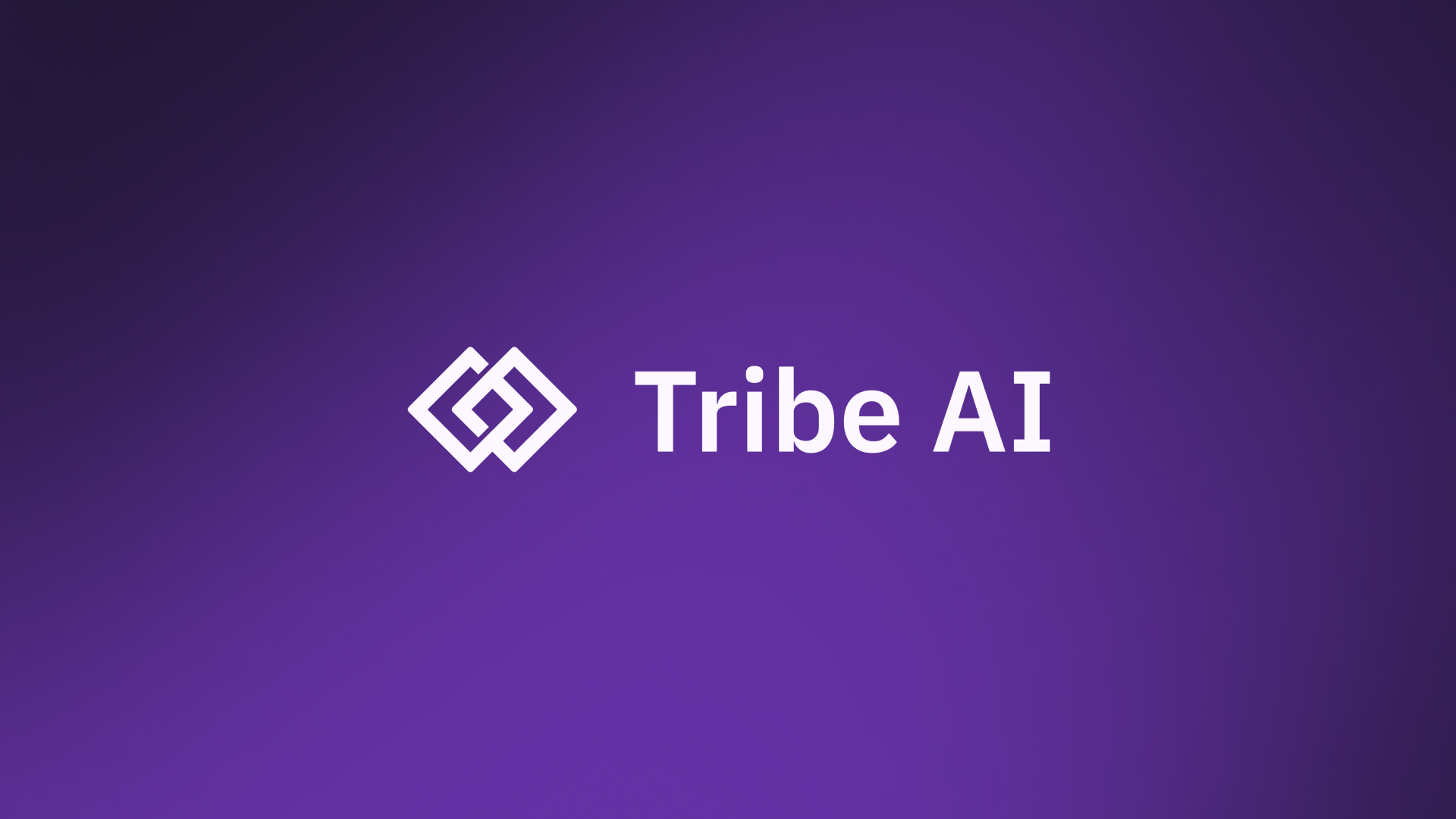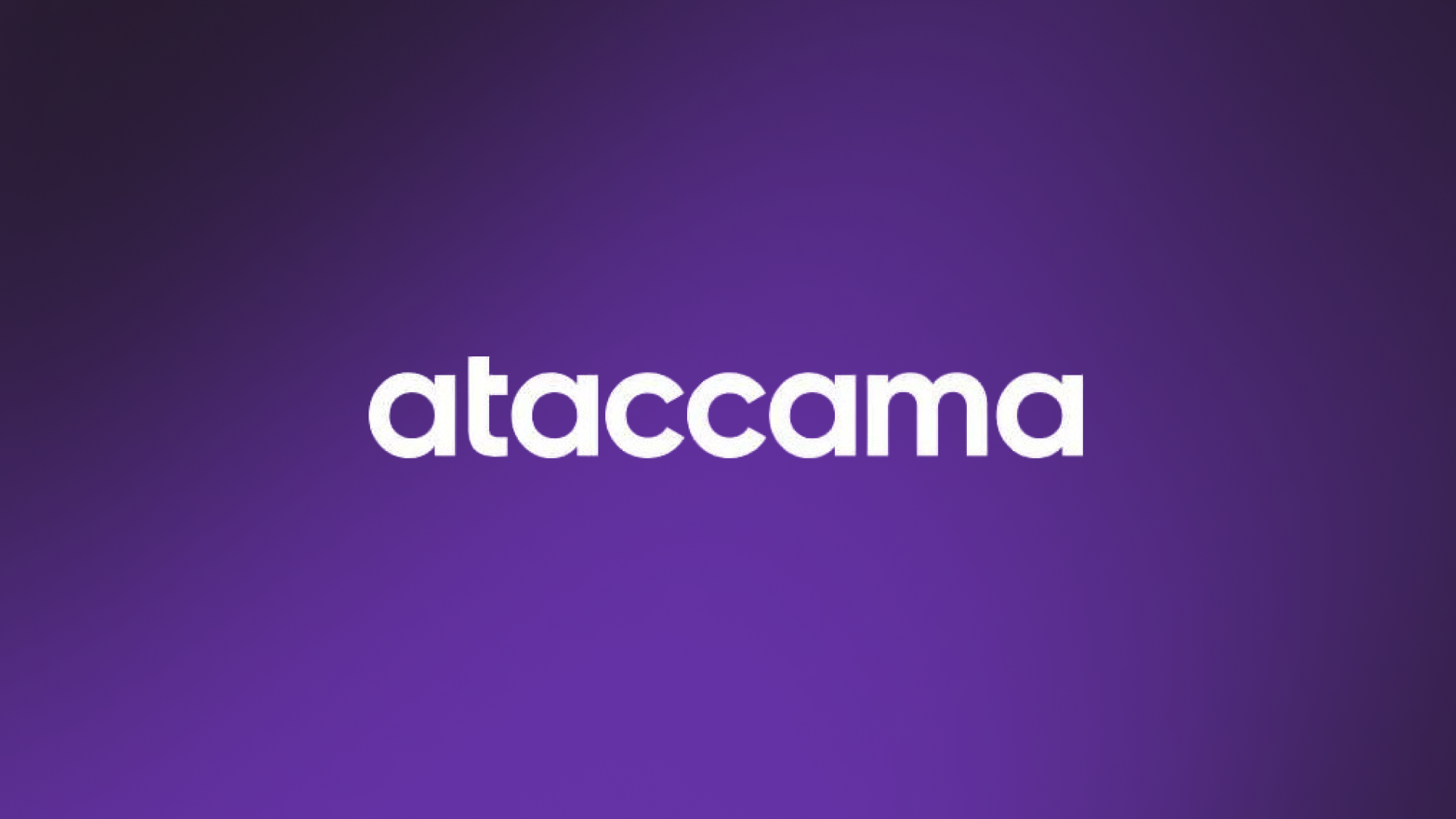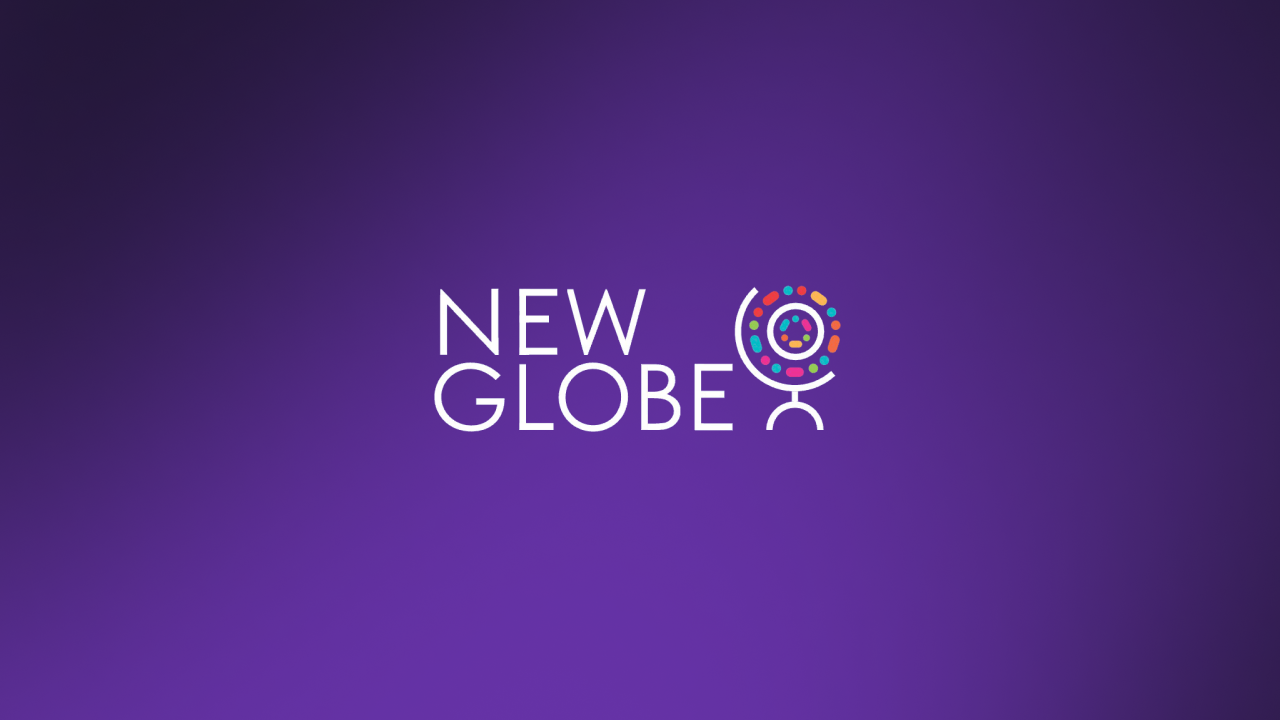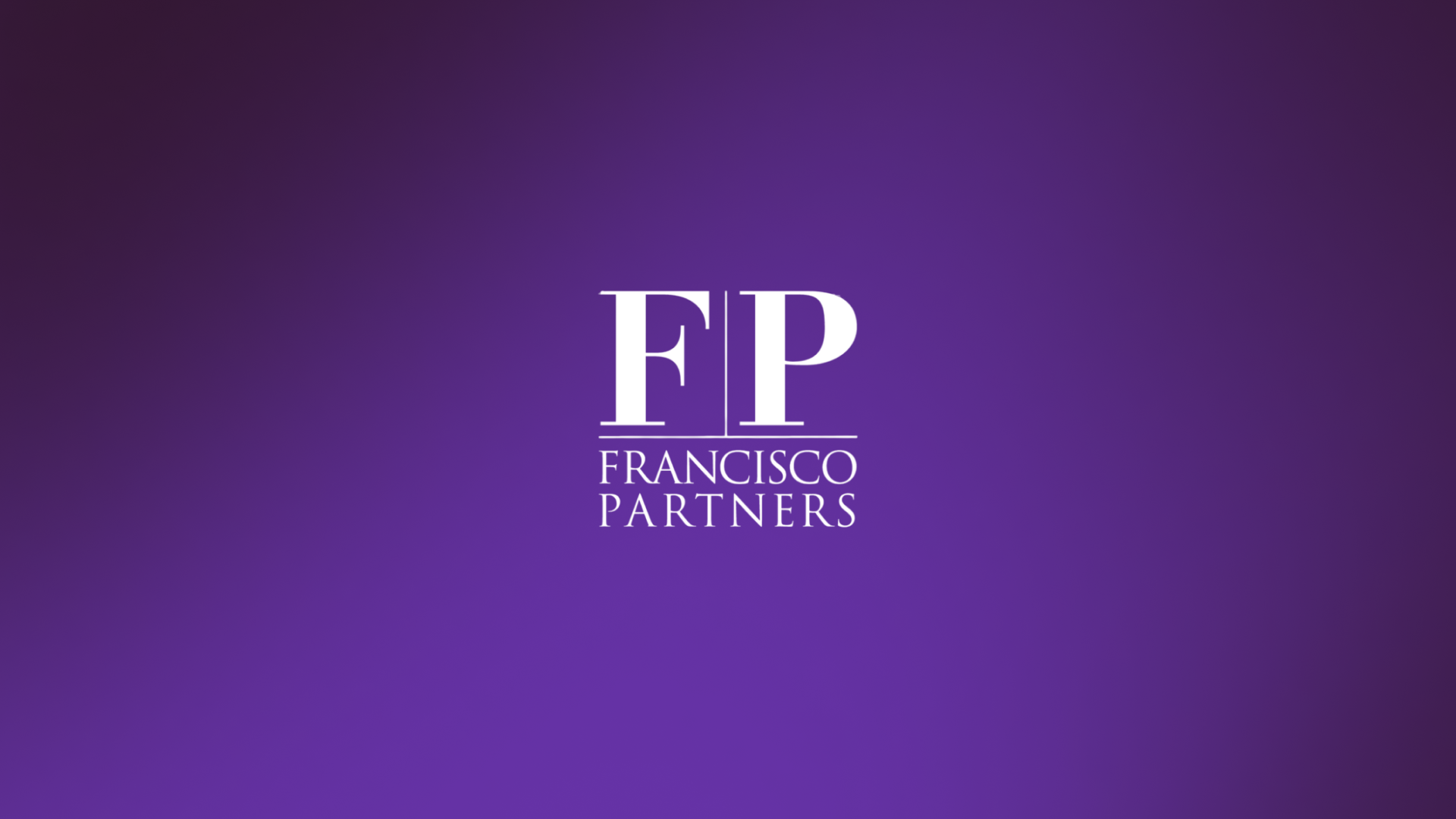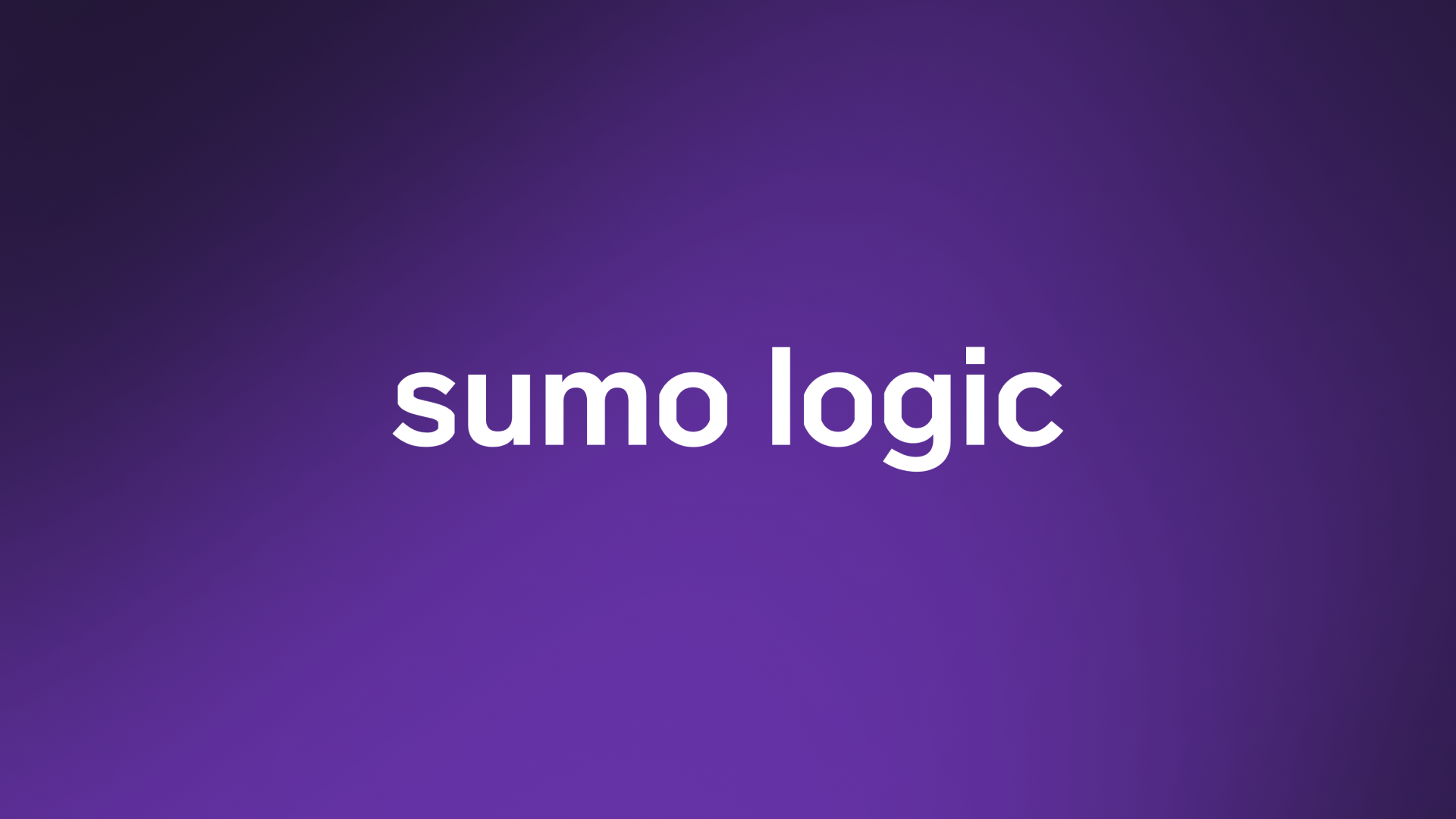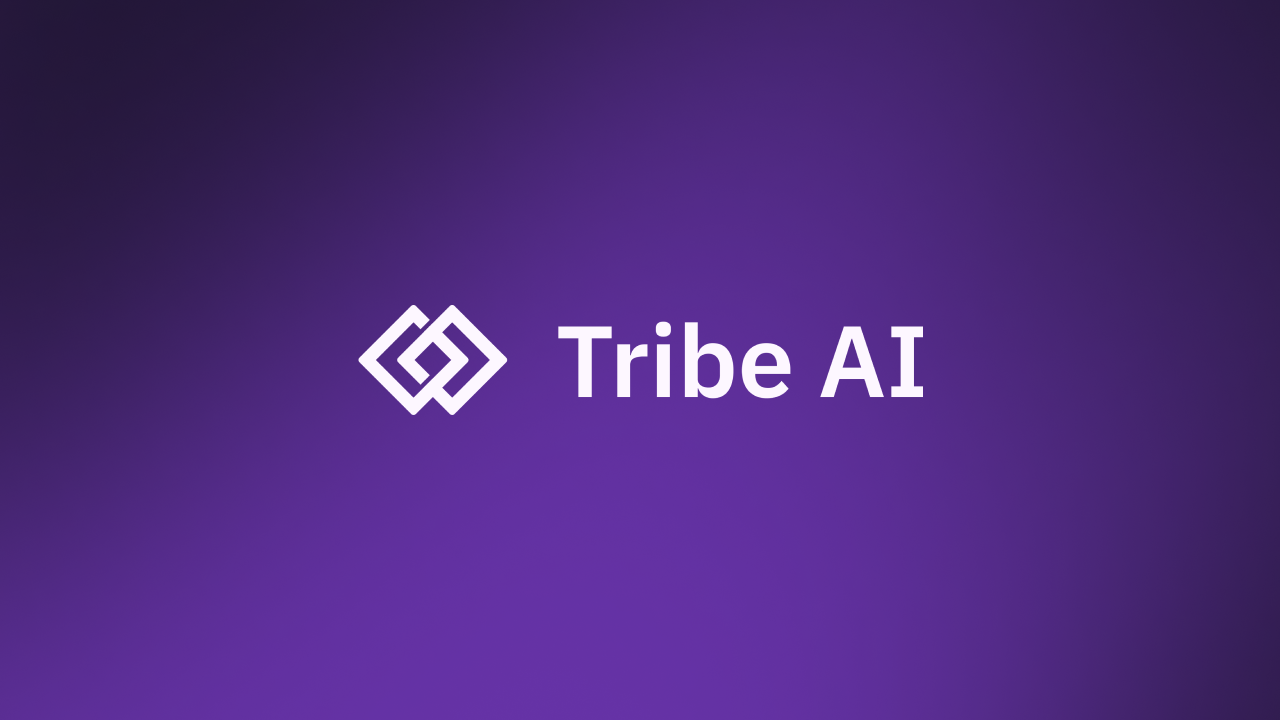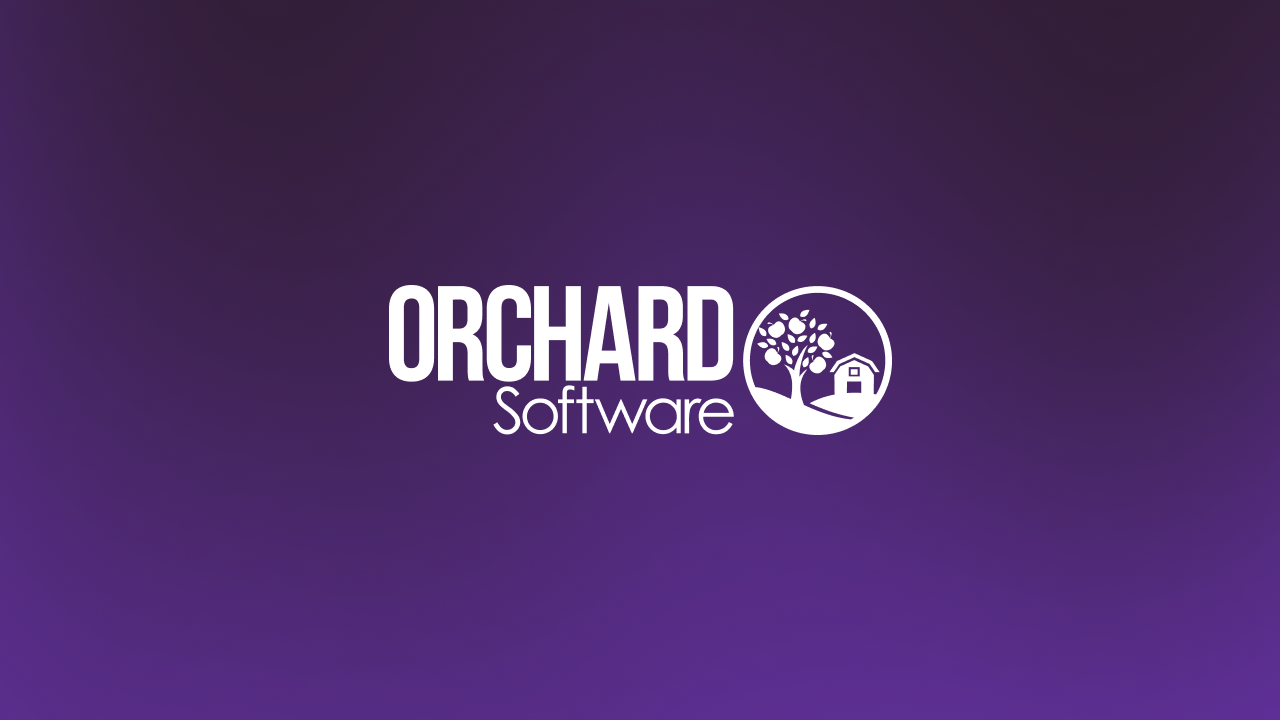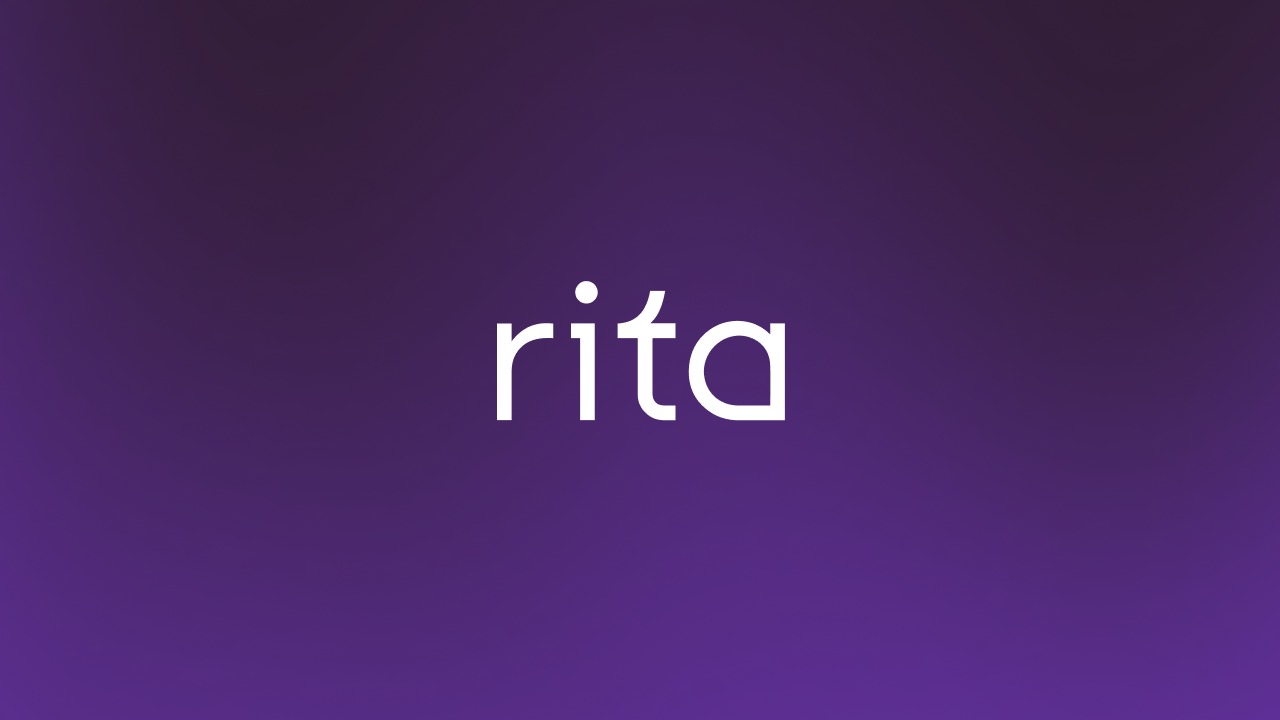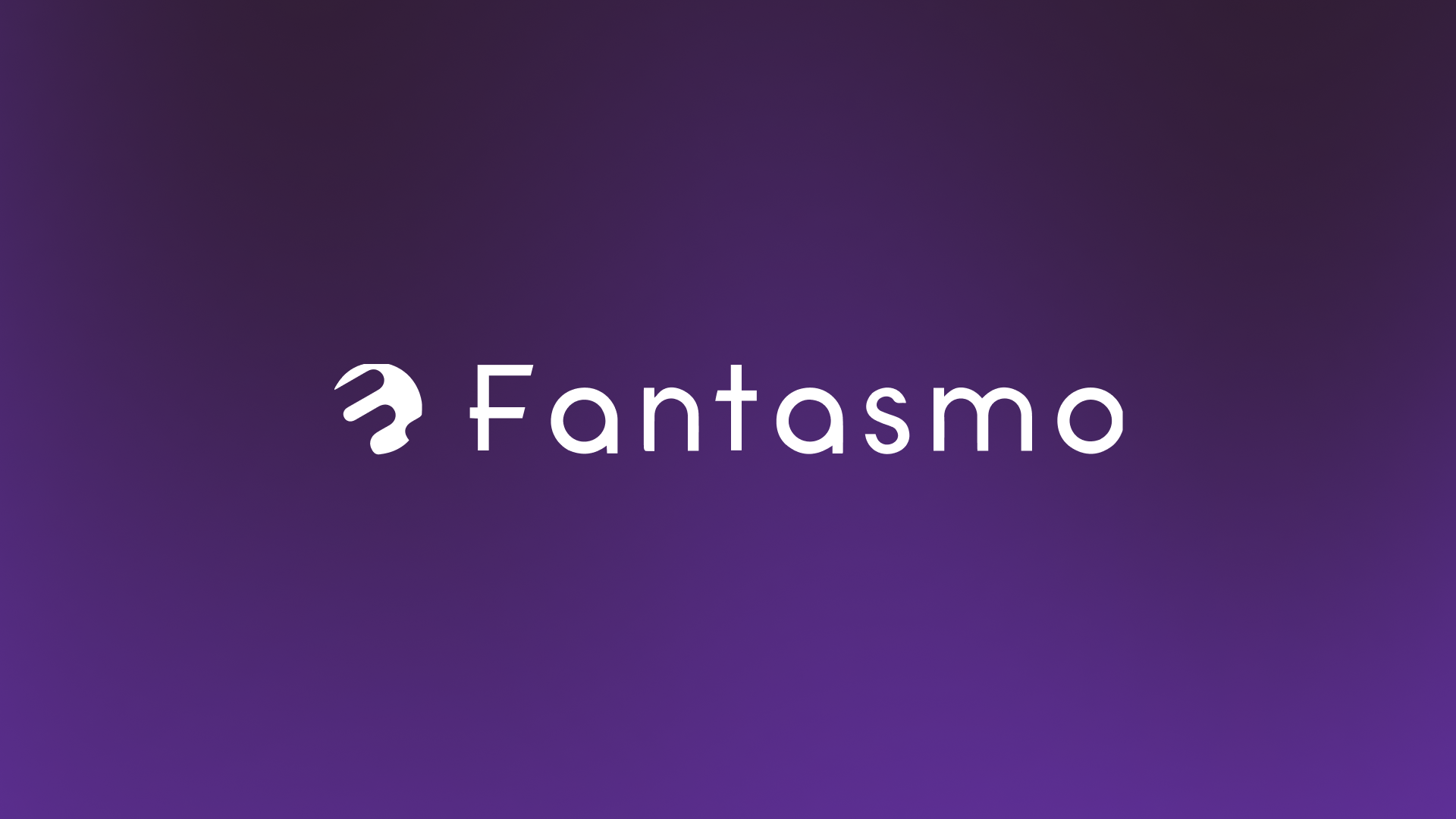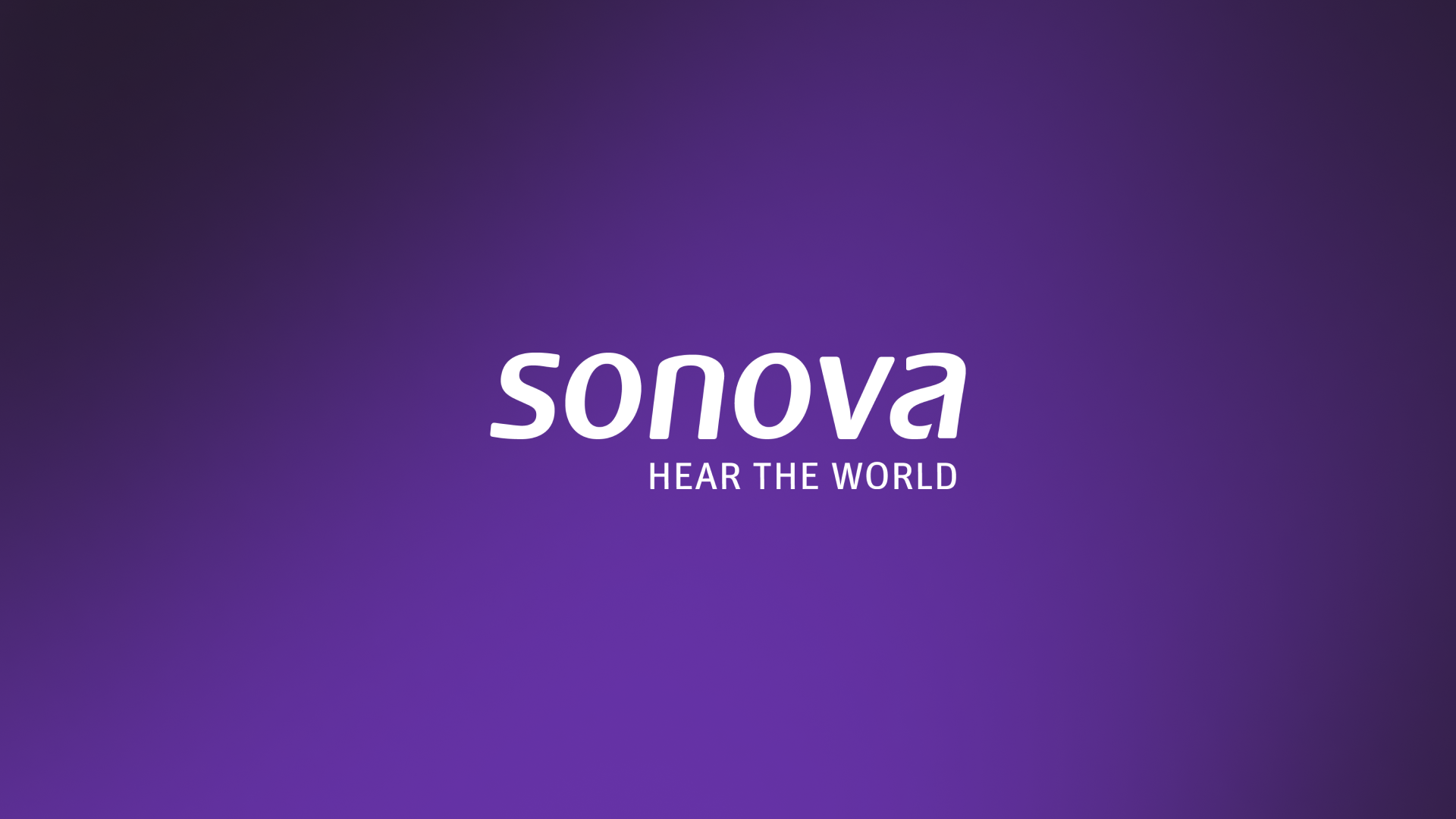About Galley
Galley is a culinary resource planning platform transforming the food service industry. Much like how ERP systems revolutionized manufacturing, Galley helps culinary operations run more efficiently by structuring, organizing, and operationalizing recipe data. In an industry that’s been historically underserved by technology, Galley is bringing modern tools to the kitchen. This lets culinary teams focus on what’s important—cooking delicious meals—and gives them confidence that operations will scale with precision and consistency.
Galley’s Challenge
Galley had always been AI-forward, with an AI-only investor and a vision to build toward automation. But when it came time to implement generative AI features, the internal team needed support to go from vision to execution.
“A big challenge in our business—and for the industry—is onboarding and getting data into our system,” said Benji Koltai, Galley’s CEO. “We’ve been building toward being AI-ready since we were founded. But I realized that neither I nor my team had the expertise that others had—and that’s why we turned to Tribe.”
The issue was not just about building something functional—it was about building something production-grade, extensible, and strategically valuable. Galley needed help bridging the gap between experimentation and implementation.
Why Tribe AI?
Introduced through a word-of-mouth referral, Tribe quickly emerged as the ideal partner for Galley’s AI journey.
The collaboration began with a rapid design sprint, bringing together a focused team to define the initial scope and build a working prototype of the recipe parser. That early engagement delivered immediate results—and gave Galley a clear view into the speed, quality, and depth of Tribe’s execution.
“It was a one-stop shop,” said Koltai. “I needed a designer, a product manager, an AI engineer, a prompt engineer—and I was impressed by the caliber of people in each of those disciplines.”
The early success of the sprint led Galley to scale up the team and expand the initiative beyond a single feature. What started as a prototype quickly evolved into a broader AI infrastructure strategy, with Tribe supporting multiple workstreams and use cases.
“I became trusting that Tribe would continue to staff my projects with high-caliber folks. That saved me time and accelerated everything,” Koltai added.
More than just execution, Tribe brought a deep bench of expertise and a collaborative mindset. “It’s not just the individuals on the project—it’s the knowledge of other Tribe experts behind the scenes. We got the benefit of a broader brain trust,” he said.
The Solution
Tribe worked closely with Galley to build an AI-Powered Recipe Importer—an intelligent agent capable of ingesting recipes in any format (from PDFs to Excel sheets) and mapping them into Galley’s internal schema. The agent used LLMs to perform the bulk of the parsing and conversion work, drastically reducing manual data entry time.
What began as a focused implementation quickly became a blueprint for Galley’s broader AI strategy. “This project laid the foundation for an entire AI strategy. We now talk about “out-in” and “in-in” agents—processes that either import external data into the Galley system (out-in) vs. those that transform data already in the Galley system (in-in). It’s how we’re transforming the food service industry with AI,” said Koltai.
Key Features
- Recipe Importer Agent: Converts unstructured recipe data into structured Galley formats.
- Single Recipe Parser: Parses individual recipes with a human-in-the-loop UI, enabling quick review and onboarding in under a minute.
- Bulk Recipe Parser: Ingests large batches of recipes at once, streamlining high-volume data migrations for internal teams.
- Menu Plan Importer: Allows customers to upload unstructured menu plans into structured Galley menu plan formats
- Normalization & Deduplication: Cleans ingredient data using semantic clustering and reconciles with existing data to create a canonical dataset and a customer-specific dataset.
How It Works
The system operates as a pipeline composed of five modular stages:
- Importer – Ingests recipes from diverse formats.
- Splitter – Breaks down multi-recipe documents.
- Extractor – Uses LLMs to pull key recipe details.
- Converter – Maps data to Galley’s internal schema.
- Reconciler – Normalizes and cleans the data for validation.
The technical backbone included:
- Claude Sonnet (via AWS Bedrock) for LLM-powered prompts
- PGVector and FAISS for semantic search and clustering
- Postgres and AWS RDS for scalable storage
- Kubernetes and Jenkins CI/CD for deployment into Galley’s production environment
Tribe also developed a custom end-to-end testing framework with LLM-based “judges” to validate each step of the pipeline.
Galley’s Experience Working with Tribe
For Galley, working with Tribe felt like plugging into a high-powered AI R&D arm.
“By working with folks who are plugged into the cutting edge, we benefited from expertise that we couldn’t match internally,” Koltai said. “Trying to learn from what’s written online, I’d already be behind the curve. Tribe helped us leap ahead.”
The collaborative, cross-disciplinary nature of the team also stood out. “It was just more turnkey to get the projects out the door,” he noted.
Impact & The Future
The business impact was immediate and measurable. “Prior to Q1, we had about a 90-day time to close. After releasing the recipe importer in February, we ended Q1 at 29 days,” said Koltai.
The importer is now the hero moment in every sales demo. “We ask prospects to tell us a recipe they made yesterday. We plug it into the AI, let it do its thing, and then show them that recipe in Galley. It’s mind-blowing for folks still using pencil and paper.”
Beyond sales, the importer helped dramatically reduce recipe input time from up to 10 minutes per recipe to less than one.
Looking ahead, Galley is doubling down on AI. “We want to transform from a web app into a data platform,” Koltai said. The team is exploring voice, chat, and vision interfaces—and building robust agents that will handle everything from data cleaning to intelligent decision support.



